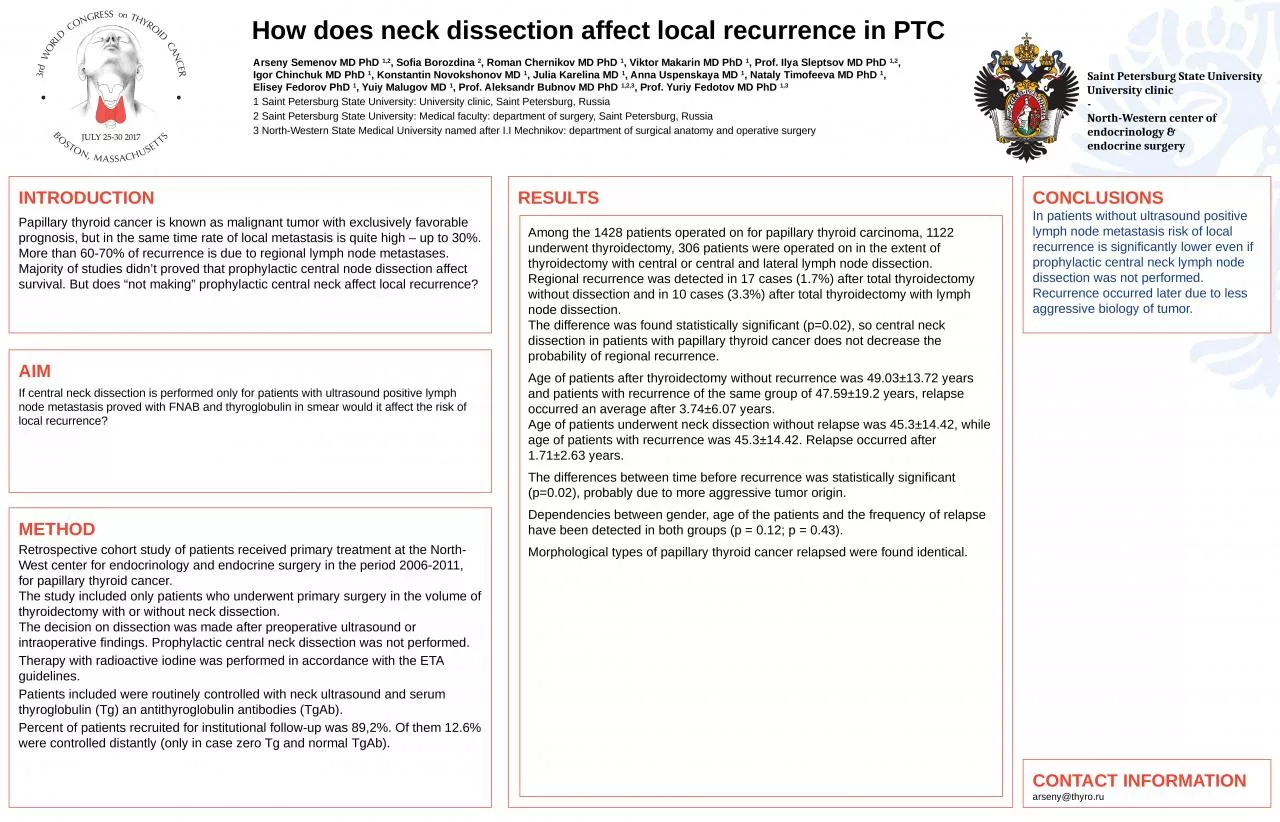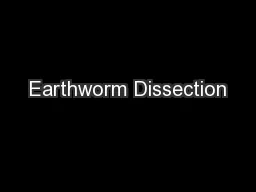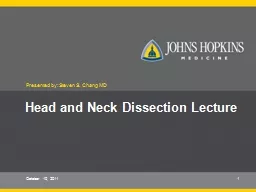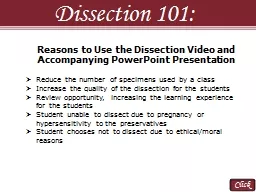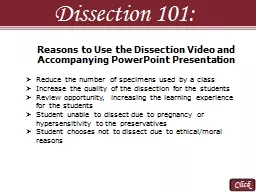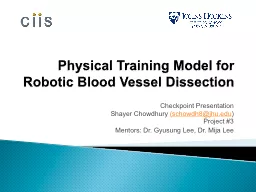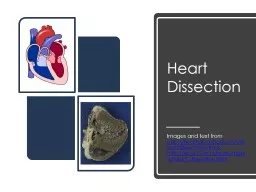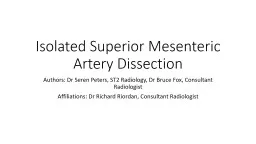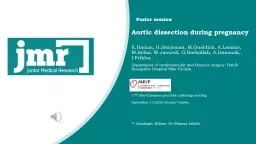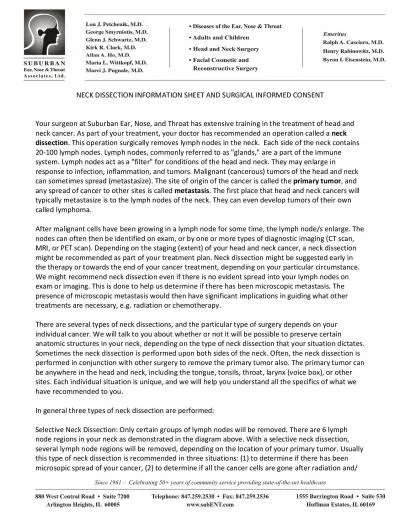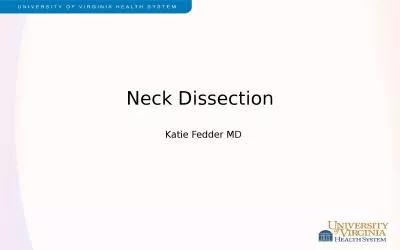PPT-How does neck dissection affect local recurrence in PTC
Author : vivian | Published Date : 2023-12-30
Introduction Papillary thyroid cancer is known as malignant tumor with exclusively favorable prognosis but in the same time rate of local metastasis is quite high
Presentation Embed Code
Download Presentation
Download Presentation The PPT/PDF document "How does neck dissection affect local re..." is the property of its rightful owner. Permission is granted to download and print the materials on this website for personal, non-commercial use only, and to display it on your personal computer provided you do not modify the materials and that you retain all copyright notices contained in the materials. By downloading content from our website, you accept the terms of this agreement.
How does neck dissection affect local recurrence in PTC: Transcript
Download Rules Of Document
"How does neck dissection affect local recurrence in PTC"The content belongs to its owner. You may download and print it for personal use, without modification, and keep all copyright notices. By downloading, you agree to these terms.
Related Documents

